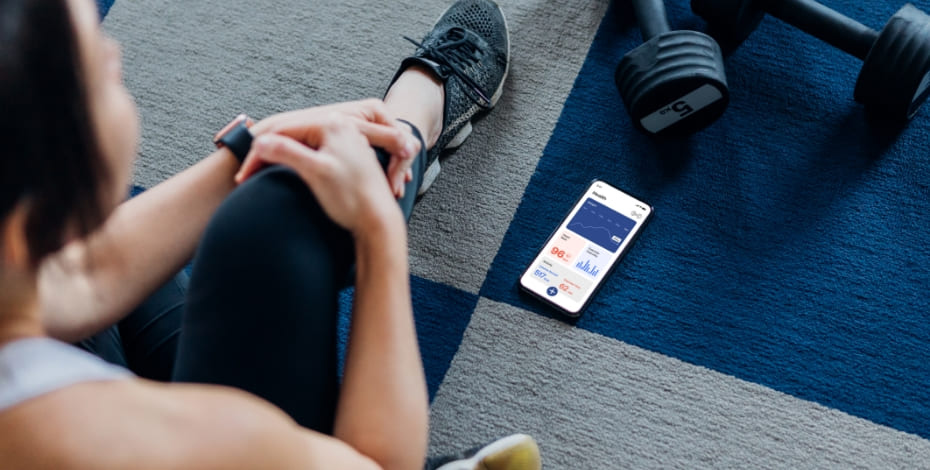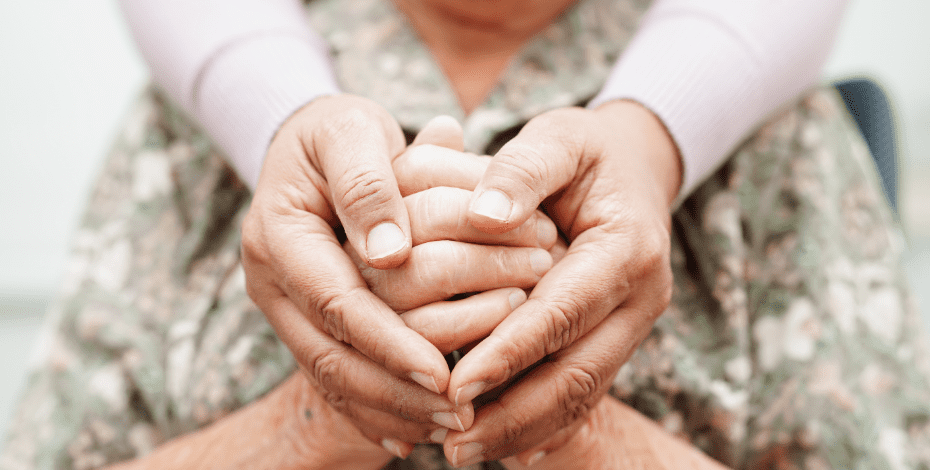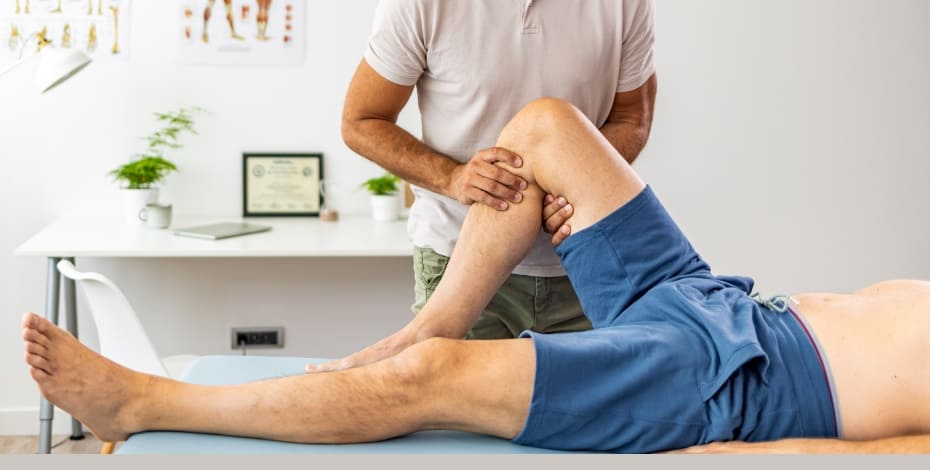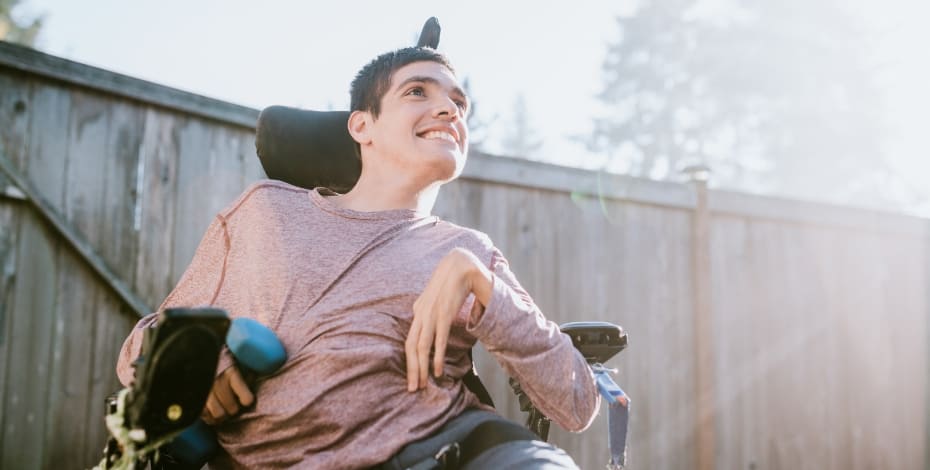
Musculoskeletal care delivered remotely

JOURNAL OF PHYSIOTHERAPY A group of physiotherapists in Sydney collaborated on a randomised trial comparing face-to-face physiotherapy with a remotely delivered model of care in outpatients with musculoskeletal conditions. First author Hannah Withers agreed to answer a few questions about the study.
What was the remotely delivered physiotherapy model of care that you compared to face-to-face physiotherapy?
All participants in the remotely delivered physiotherapy group had one face-to-face initial session, in which they were assessed and received an individualised exercise program.
This was sent to the participants on their devices and set up as an app by the physiotherapist.
Each participant was taught how to use the app. The number and repetitions for each exercise were individualised, as were the progressions.
Participants received an automated weekly text message to provide support and help maintain
motivation.
At two and four weeks, the physiotherapist made follow- up phone calls to talk to each participant about their exercises
and adherence and to give advice and support on their progress.
This was compared to the care that patients usually receive in an outpatient setting.
How many outpatients were randomised to each group?
There were 106 participants randomised to the face-to-face physiotherapy group and 104 participants to the remotely delivered physiotherapy group.
So, I guess you assessed them at the completion of the six weeks. Did you also follow them up afterwards?
Yes—each participant was assessed at six weeks (immediately after the intervention period) and then again at 26 weeks.

PhD candidate Hannah Withers has published a study comparing face-to-face physiotherapy with a remotely delivered model of care.
What were your primary and secondary outcome measures?
The primary outcome measure was the Patient Specific Functional Scale at six weeks.
This requires the participant to identify up to five functional activities that they can no longer do or have difficulty doing due to their musculoskeletal condition and then rate the difficulty on a scale where zero indicates they are unable to complete the activity and 10 indicates they can perform this activity with no restrictions.
The scores are transformed into a 0 to 100-point scale.
This was also measured at 26 weeks.
Secondary outcome measures included a numerical rating scale for pain, EQ-5D-5L for quality of life, the Tampa Scale for Kinesiophobia, the Late-Life Function and Disability Instrument, a patient satisfaction with service delivery scale (at six weeks only) and a global impressions of change scale.
What did the results show?
The results of this trial showed that remotely delivered physiotherapy for people with musculoskeletal conditions was as good as the face-to-face physiotherapy typically provided in outpatient settings at public hospitals in Sydney because the lower end of the 95 per cent CI was greater than the non-inferiority margin of -15/100 points.
The secondary outcomes showed no clinically meaningful between-group differences.
What clinical implications do you draw from the fact that the two formats for delivering physiotherapy got such similar results?
Remotely delivered physiotherapy may be more convenient than face-to-face physiotherapy for some patients.
It may also help to reduce waiting list times for physiotherapy in public hospitals and increase access to physiotherapy for more people with musculoskeletal conditions.
Finally, remotely delivered physiotherapy may also be more cost-effective.
We are currently completing a health economics analysis to determine the cost- effectiveness of the intervention.
What do you think research in this field should address next?
Our findings should give researchers confidence about testing this model and similar models of care in different clinical settings and populations.
Further studies could include people with all types of musculoskeletal conditions, people with postoperative protocols, people from rural and remote areas, people unable to speak English and children.
We are also finalising a process evaluation that will help us identify the barriers to and facilitators of implementing remotely delivered physiotherapy in outpatient departments.
Who helped make this happen?
Lots of people helped but in particular, I want to thank and acknowledge our funders—Sydney Health Partners and SIRA—as well as all our academic and clinical collaborators and the staff at the sites.
I would also like to acknowledge my supervisors, Professor Lisa Harvey and Associate Professor Joanne Glinsky.
>> Hannah Withers APAM is a PhD candidate at the University of Sydney. She is a physiotherapist with over 15 years of clinical experience, primarily in treating musculoskeletal conditions in both private and public health settings.
Course of interest:
© Copyright 2024 by Australian Physiotherapy Association. All rights reserved.






